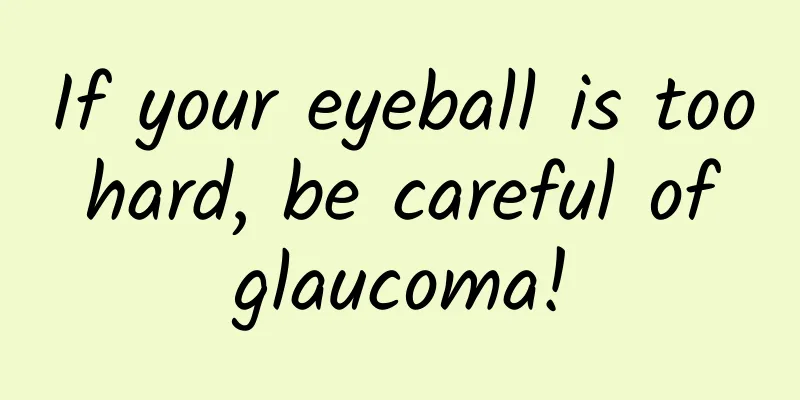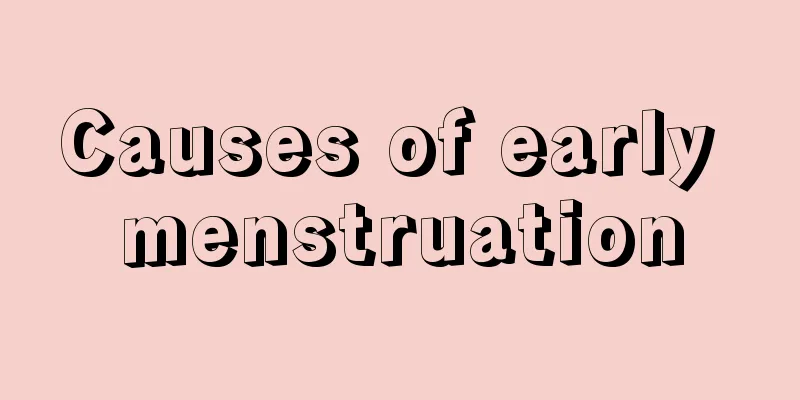If your eyeball is too hard, be careful of glaucoma!

|
In addition to stabilizing blood pressure, stabilizing intraocular pressure is equally important in life. Normal intraocular pressure is 10~21mmHg. An important part of the source of pressure in the eyeball comes from the fluid in the eye - aqueous humor. The aqueous humor is secreted by the ciliary body, and then flows from the posterior chamber of the eye through the pupil to the anterior chamber of the eye to be discharged, so that the intraocular pressure is maintained within a stable range. Stable intraocular pressure can maintain the normal shape of the eyeball and the visual function of the eye. Intraocular pressure is similar to blood pressure, with fluctuations and rhythms. Most people have higher intraocular pressure in the morning, the lowest in the evening, and higher in winter than in summer. Too high or too low intraocular pressure will damage eye tissue and visual function to varying degrees. In particular, pathological increase in intraocular pressure is the main risk factor for glaucoma. When intraocular pressure exceeds the limit that the individual optic nerve can bear, it may cause optic nerve atrophy and damage to visual function, making it easy to develop glaucoma. Li Fuhua, director of Tianjin University Aier Eye Hospital, said that glaucoma is a group of eye diseases with characteristic optic nerve damage and visual field defects, and the common cause is pathological increase in intraocular pressure. Due to its irreversible characteristics, once visual function is damaged or even blind, it is irreversible. The early symptoms of glaucoma are eye swelling and pain, nausea and headache, decreased vision, etc. If the above symptoms occur, go to the hospital for examination in time and actively control the intraocular pressure to a safe range. A simple way to self-test intraocular pressure Look down with both eyes, use the tip of your index finger to gently press the upper eyelid to feel the hardness of the eyeball. The normal intraocular pressure value should be similar to the hardness of the nose tip. If it is similar to the lips, it may be low intraocular pressure. If it is as hard as the forehead, it may be high intraocular pressure. This self-test method can roughly estimate whether the intraocular pressure is normal. If you often feel eye pain and discomfort, you should go to the hospital for further examination to see if you have glaucoma or other eye diseases. |
Recommend
How long should a pregnant woman take a bath?
Normally we don’t take a long bath. There is a di...
Can you drink mung bean porridge after giving birth and what should you pay attention to?
We need to pay great attention to the physical ca...
What are some simple ways to treat vaginal itching?
For women, the most troubling thing is gynecologi...
Constipation destroys your body and makes you socially unwell! Huaxi doctors: It is not easy to poop freely
The joys and sorrows of mankind are not the same:...
How many hours after abortion can you breastfeed?
When some couples have an unexpected pregnancy or...
Not every smile means "I'm fine"! Learn about the depression hidden behind the smile
A 20-year-old sophomore boy Xiao A (pseudonym) ha...
What should I do if my period is delayed for 10 days and has not come yet?
Women may feel accustomed to the problem of delay...
Why does Christmas cactus keep losing its buds? What should I do if Christmas cactus keeps losing its buds?
Christmas cactus is a common flower in life. Beca...
What is vaginal fever?
In life, many women have some gynecological disea...
What nutrition does strawberry milkshake have? What are the functions of strawberry milkshake?
For women who are losing weight, strawberry milks...
At what age does female armpit odor disappear?
I don't know if you have noticed that body od...
Can I eat cake during late pregnancy?
In the late stage of pregnancy, because she is ab...
Explain diabetic foot clearly once and for all
| What is diabetic foot? Diabetic foot refers to ...
This vegetable, which costs only three yuan per pound, is called "meat grown in the ground"! Eat it now
Once summer arrives, the "flower-hair-in-one...
Gestational sac, fetal bud, fetal heart rate comparison table
Pregnant friends can use B-ultrasound to check wh...









